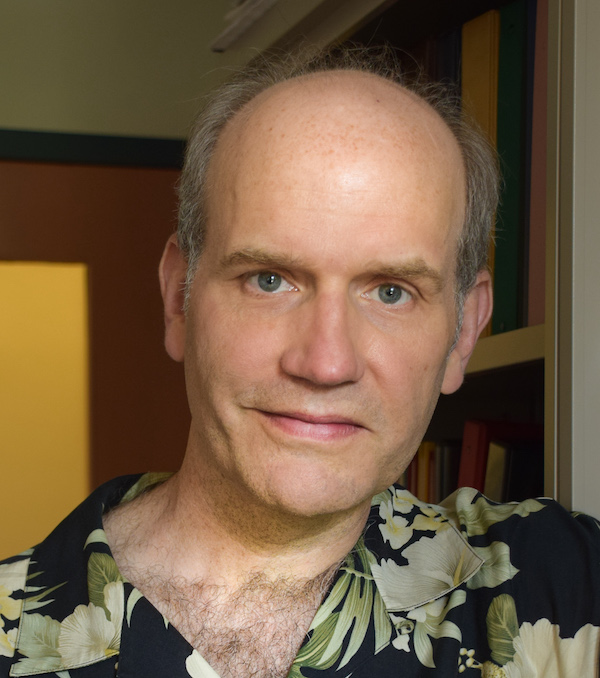Cited By
View all- Ganapathi PSorathia K(2023)User elicited gesture-based locomotion techniques for immersive VEs in a seated position: a comparative evaluationFrontiers in Virtual Reality10.3389/frvir.2023.11696544Online publication date: 30-Aug-2023
- Yao QZhao YCreem-Regehr SStefanucci JBodenheimer B(2023)Does Teleporting Length Affect Spatial Awareness?2023 IEEE International Symposium on Mixed and Augmented Reality Adjunct (ISMAR-Adjunct)10.1109/ISMAR-Adjunct60411.2023.00034(126-130)Online publication date: 16-Oct-2023
- Chakraborty S(2022)[DC] Effects of Asymmetric Locomotion Methods on Collaborative Navigation and Wayfinding in Shared Virtual Environments2022 IEEE Conference on Virtual Reality and 3D User Interfaces Abstracts and Workshops (VRW)10.1109/VRW55335.2022.00327(952-953)Online publication date: Mar-2022
- Show More Cited By


